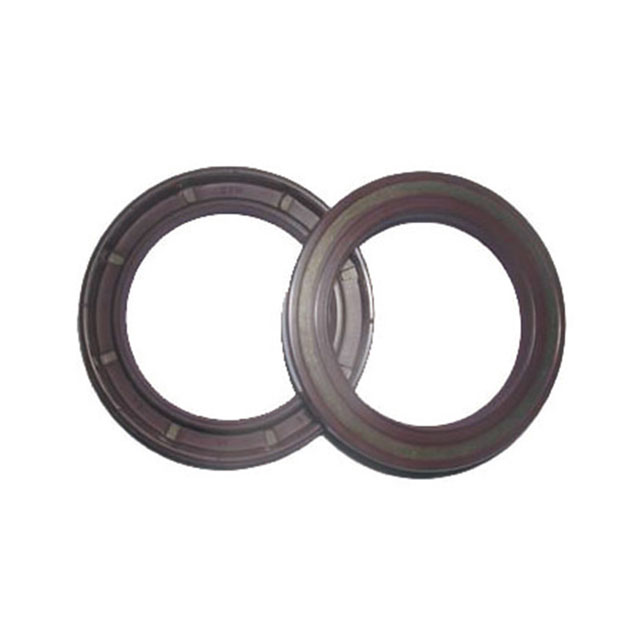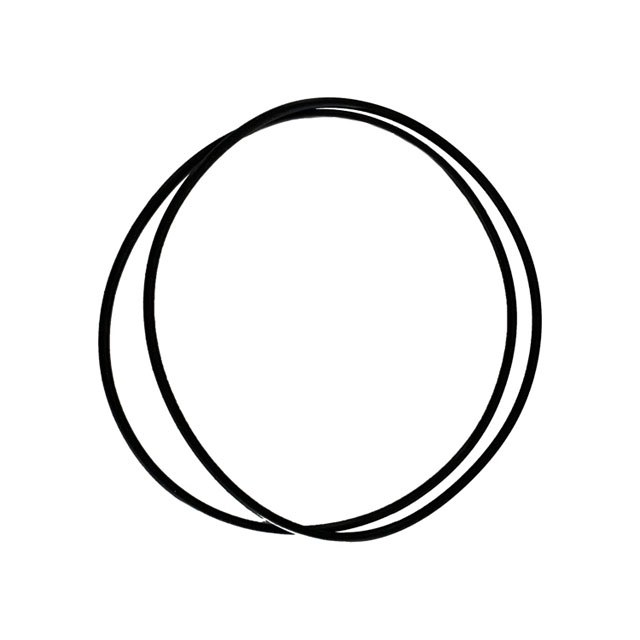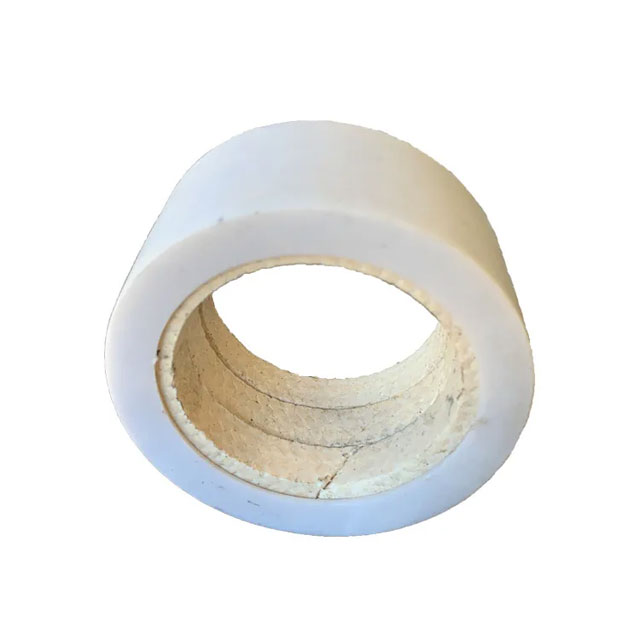WhatsApp: 86-13735815206 / 86-17392256505
WeChat: 86-13735815206 / 86-17392256505
Phone: 86-29-88680837
Mail: sales@hlsolidscontrol.com
Add: Room 804, Building 1, Western Cloud Valley Phase II, Fengxi New Town, Xixian New District, Shaanxi Province
WeChat: 86-13735815206 / 86-17392256505
Phone: 86-29-88680837
Mail: sales@hlsolidscontrol.com
Add: Room 804, Building 1, Western Cloud Valley Phase II, Fengxi New Town, Xixian New District, Shaanxi Province
Drilling fluid Development Histo
Time: 2023-03-03 Source: Solids Control Equipment Author: Cici
Preliminary formation period: 1888~1928, when rotary drilling started, drilling with clean water was first used.
Period of rapid development: From 1928 to 1948, it was discovered that mud with sand was more carrying capacity than clear water better. As a result, finely dispersed drilling fluids appeared, and simple treatment agents were used.
High-speed development period: 1948~1965, found the insufficiency of finely dispersed mud: poor resistance to invasion, So it has developed into a coarsely dispersed drilling fluid with calcium treatment and moderate flocculation.
Scientific optimization period: 1965~, in high-pressure jet drilling, low solid phase was required, so low solid phase drilling fluid with polymer non-dispersion appeared.
From the late 1980s and early 1990s to the present, drilling fluid systems such as positive gel, silicate, formate, polyol, and biodegradable have appeared successively and have been widely used. However, they have not formed the mainstream and cannot completely replace the polymer drilling fluid system.
Drilling fluid Effect
In the early stage of rotary drilling, the main function of drilling fluid is to carry cuttings from the bottom of the well to the surface. Drilling fluid is recognized as having at least the following ten functions:
Clean the bottom of the well and carry cuttings. Keep the bottom of the well clean, avoid repeated cutting of the drill bit, reduce wear and improve efficiency.
Cooling and lubricating the drill bit and drill string. Lower the temperature of the drill bit, reduce the wear of the drill tool, and increase the service life of the drill tool.
Balance the rock side pressure of the well wall to form a filter cake on the well wall to seal and stabilize the well wall. Prevent pollution of oil and gas reservoirs and collapse of well walls.
Balance (control) formation pressure. Prevent blowout and lost circulation, prevent formation fluid from polluting drilling fluid.
Suspended cuttings and weighting agent. Reduce the sedimentation speed of cuttings to avoid sand sticking.
Effectively transfer hydraulic power. Transmit the required power of the down hole power drilling tool and the hydraulic power of the drill bit.
Withstand part of the gravity of the drill pipe and casing. The buoyancy of the drilling fluid on the drilling tool and casing can reduce the load of the lifting system during tripping.
Provide a large amount of information about the drilled formation. The drilling fluid can be used for electrical logging and cuttings logging to obtain down hole data.
Hydraulic breaks the rock. The high-speed jet formed by the drilling fluid through the nozzle can directly break or assist in breaking the rock.
Period of rapid development: From 1928 to 1948, it was discovered that mud with sand was more carrying capacity than clear water better. As a result, finely dispersed drilling fluids appeared, and simple treatment agents were used.
High-speed development period: 1948~1965, found the insufficiency of finely dispersed mud: poor resistance to invasion, So it has developed into a coarsely dispersed drilling fluid with calcium treatment and moderate flocculation.
Scientific optimization period: 1965~, in high-pressure jet drilling, low solid phase was required, so low solid phase drilling fluid with polymer non-dispersion appeared.
From the late 1980s and early 1990s to the present, drilling fluid systems such as positive gel, silicate, formate, polyol, and biodegradable have appeared successively and have been widely used. However, they have not formed the mainstream and cannot completely replace the polymer drilling fluid system.
Drilling fluid Effect
In the early stage of rotary drilling, the main function of drilling fluid is to carry cuttings from the bottom of the well to the surface. Drilling fluid is recognized as having at least the following ten functions:
Clean the bottom of the well and carry cuttings. Keep the bottom of the well clean, avoid repeated cutting of the drill bit, reduce wear and improve efficiency.
Cooling and lubricating the drill bit and drill string. Lower the temperature of the drill bit, reduce the wear of the drill tool, and increase the service life of the drill tool.
Balance the rock side pressure of the well wall to form a filter cake on the well wall to seal and stabilize the well wall. Prevent pollution of oil and gas reservoirs and collapse of well walls.
Balance (control) formation pressure. Prevent blowout and lost circulation, prevent formation fluid from polluting drilling fluid.
Suspended cuttings and weighting agent. Reduce the sedimentation speed of cuttings to avoid sand sticking.
Effectively transfer hydraulic power. Transmit the required power of the down hole power drilling tool and the hydraulic power of the drill bit.
Withstand part of the gravity of the drill pipe and casing. The buoyancy of the drilling fluid on the drilling tool and casing can reduce the load of the lifting system during tripping.
Provide a large amount of information about the drilled formation. The drilling fluid can be used for electrical logging and cuttings logging to obtain down hole data.
Hydraulic breaks the rock. The high-speed jet formed by the drilling fluid through the nozzle can directly break or assist in breaking the rock.



